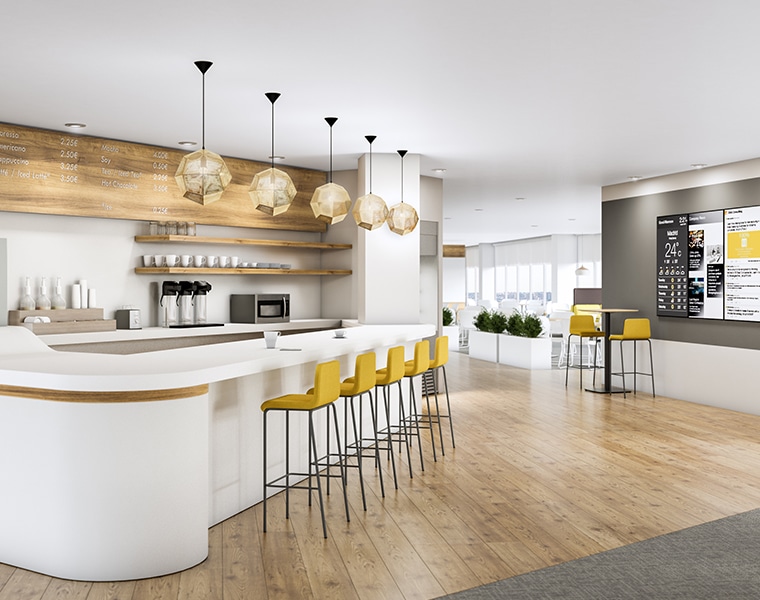At the start of the year, we often reflect on the past and make plans for the future, whether it is, looking at ways to improve the way we live, work, travel etc. which got us talking about the ‘workplace of the future’.
How will we work differently in the future and how will the workplace develop to meet these changes?
Based on a Steelcase survey conducted with over 100 professionals and executives from leading organisations, in several industries about the future of the workplace, there were 5 predictions for 2020.
An overwhelming office with increased expectations
Workers are overwhelmed by distractions (such as noise, interruptions and technology) which results in losing as much as 44 days a year per employee, reducing productivity to 83%. In the future employees will be expected to undertake more work, in less time, so the physical environment around them must enable them to remain focused and concentrated within their work. See our ‘focused‘ and ‘quiet‘ spaces for inspiration.
An increase in work space options for employees’
The main alternative working options currently utilised by businesses are; flexible hours, informal work areas and home offices
By 2020, use of these workspace options will have increased as well as the addition of new collaborative zones and a more solid home office policy.
Globally Connected
Today, under half of the work completed by teams is accomplished when all employees are present in the same place. That number will continue to grow and will increasingly be achieved in “mixed-presence” settings, (a few workers connecting to meetings from a remote location), with important developments in “all-virtual” settings, (each and every participant joining the meeting from a different location). This will mainly affect medium to large sized teams.
More employees will work away from the office
In 2014, employees worked largely out of the following areas; the workplace, whilst travelling, or from a home office and ‘third’ places.
The workplace of the future will see a substantially reduced usage of the conventional place of work, with just 47% working from the office, with many employees using a home office more. Co-working and third spaces will also increase; surprisingly utilising more public spaces such as cafes.
The workplace will be used in a different way
Whilst employees will have greater freedom, the workplace remain an important strategic asset for businesses to bring their employees together for collaboration, innovation and group cohesion.
At the moment, the majority of workplaces are designed for space optimization, fitting the most people in the building as possible. The second goal of workplace design is to increase employee collaboration. In the near future, the workplace will be designed to balance worker mobility and link those outside of the main workplace together. Additionally, workplaces will be designed to give workers more choices over their workspace – including a variety of individual, focused spaces,collaboration areas and spaces for socialising.
